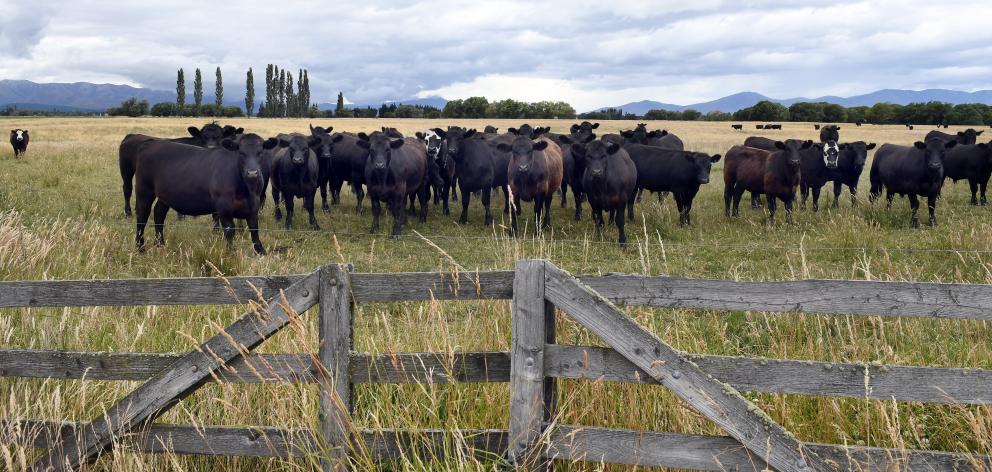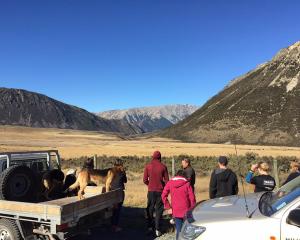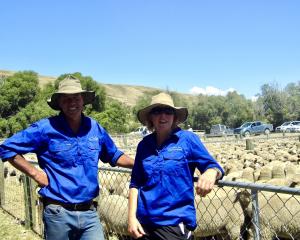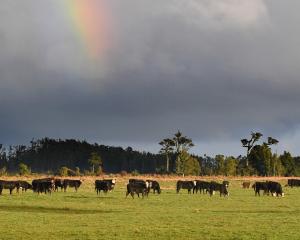
It reflected a recovery in dairy prices over the past 12 to 18 months, rising red meat prices, and high log prices driving record forestry harvest volumes, the Ministry for Primary Industries' latest quarterly update said.
The Situation and Outlook for Primary Industries showed export revenue across all sectors had been ''incredibly strong'' over the past year, particularly dairy, meat and forestry, MPI policy and trade acting deputy director general Jarred Mair said.
At $4.3billion, December 2017 was the highest month ever for primary sector revenue and exceeded the previous high (May 2017) by more than 10%.
Dairy export revenue was expected to increase by more than 14% in 2018 due to a recovery in prices over the past 12 to 18 months, and more milk being processed into higher-value products such as infant formula.
Global red meat prices were expected to increase export revenue in the meat and wool sector by nearly 10% this year.
New Zealand beef exports remained at or above $7 a kg even though production was expanding in the United States and elsewhere.
Beef consumption was trending upward in key markets including the US, China, Japan and South Korea.
One of the biggest potential beneficiaries of the CPTPP for New Zealand was likely to be beef exports to Japan.
Forestry exports were also forecast to grow by more than 11%, supported by record harvest levels and ongoing demand for New Zealand logs from China.
Log exports had grown by 30% since 2015. Demand for New Zealand logs, particularly from China, showed no sign of slowing down any time soon, but historically, it had been rare for demand to remain that strong for an extended time.
In addition, the sector's landscape continued to change. The latest numbers showed dairy cow numbers had fallen by nearly 220,000 since 2016. Further growth in the dairy sector was likely to come from increasing efficiency and value-add.
Domestic environmental policy was likely to constrain cow numbers and the land area used for dairy farming in the future, with growth becoming even more reliant on productivity increases and rising proportions of value-add products.
If cattle disease Mycoplasma bovis became established in New Zealand, dairy production would be negatively impacted and farm management costs might increase, the report said.
High horticulture returns were driving investments in productivity and competition for suitable land, with the kiwifruit area alone having to expand by 7000ha by 2025 to meet industry growth targets.
The Government's One Billion Trees programme would also create change in primary sector land use, primarily through increased replanting rates and new production forest area.
It has set a goal to plant one billion trees over the next 10 years, a target that would require new afforestation of about 500 million trees as well as replanting of existing plantation forests after harvest.
Following the strong increase in expected export revenue for the year ending June 2018, further gains in 2019 were forecast to be more modest.
Some commodity prices were likely to return towards historical trends, and opportunities for further production growth were likely to be constrained in most sectors, the report said.













